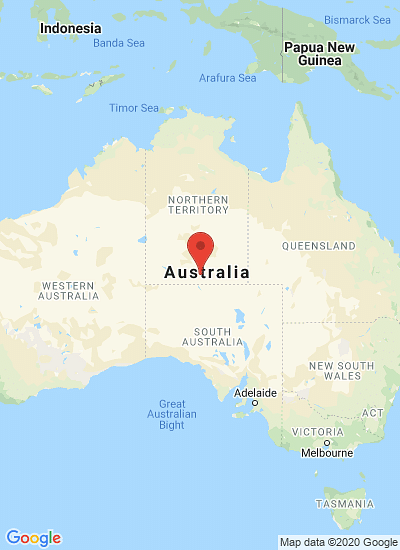A new study investigating the role that vegetables can play in making you ‘feel full’, a sensation known as satiety, has produced findings that show maximal satiety benefit is achieved with larger ‘intact’ pieces of vegetables, in this case carrots, compared to those that have been pureed.
AUSVEG spokesperson Andrew White said that the findings from the industry study were part of a broader study undertaken by the vegetable industry to examine the potential importance of consumption of different vegetable types in controlling weight.
“Vegetables may have an important role to play in terms of making you feel full and as this may have positive benefits in relation to controlling weight, this research into the types of vegetables that have maximum satiety effect is particularly important. As is well-documented, if you feel full you are less likely to over eat,” Mr White said.
“The study looked at different preparations of a popular vegetable in carrot, including puree, raw and steamed, to measure which would have the maximum effect in regards to satiety.
The results showed that to achieve maximal satiety benefit or feeling of fullness it was recommended that vegetables were consumed in a more intact form rather than as a puree.”
“The main finding was that raw pureed carrots showed a significantly lower satiety compared to raw shredded, streamed shredded or steamed cubed carrots, which all had similar scores. Researchers also commented that vegetables may be the ideal food group for promoting satiety due to a generally low energy density, high levels of swellable fibre and diverse phytochemical contents.”
“The effects on that feeling of fullness of four treatments: raw pureed, raw shredded, steamed cubed and steamed shredded carrots, were estimated in the study to determine which made participants feel the most full,” Mr White said. “The experiment was undertaken with four test-meals consisting of different shaped carrots over the course of four visits to 16 participants. Two training meals were served at the beginning and end of the study. Participants in the study were asked to monitor how full they felt and were required to score their intensity of fullness on a 24-cm assessment scale. The study was designed to examine the effect of varying size and shape of vegetables on satiety,” he said.
“Potential participants in the study also had to achieve a score of greater than 27 on a standard eating inventory questionnaire which assessed dietary restraint, dis-inhibition and tendency towards hunger. Those who did not pass the test were not allowed to partake in the study.” Industry communication is funded by HAL using the National Vegetable Levy and matched funds from the Australian Government.
Potatoes have favorable properties where it comes to satiety. Australian researcher Susanna Holt, PhD and her co-workers at the University of Sydney has developed the Satiety Index, a system to measure different foods' ability to satisfy hunger. A fixed amount (240 calories) of different foods was fed to participants who then ranked their feelings of hunger every fifteen minutes and were allowed to eat freely for the next two hours.
Of all the foods tested, boiled potatoes were the most satisfying.
Primaire tabs
Satiety and vegetables: shape matters, shows Australian study
Like to receive news like this by email? Join and Subscribe!
Get the latest potato industry news straight to your WhatsApp. Join the PotatoPro WhatsApp Community!
Uitgelichte Bedrijven
Sponsored Content
Sponsored Content
Sponsored Content
Sponsored Content








